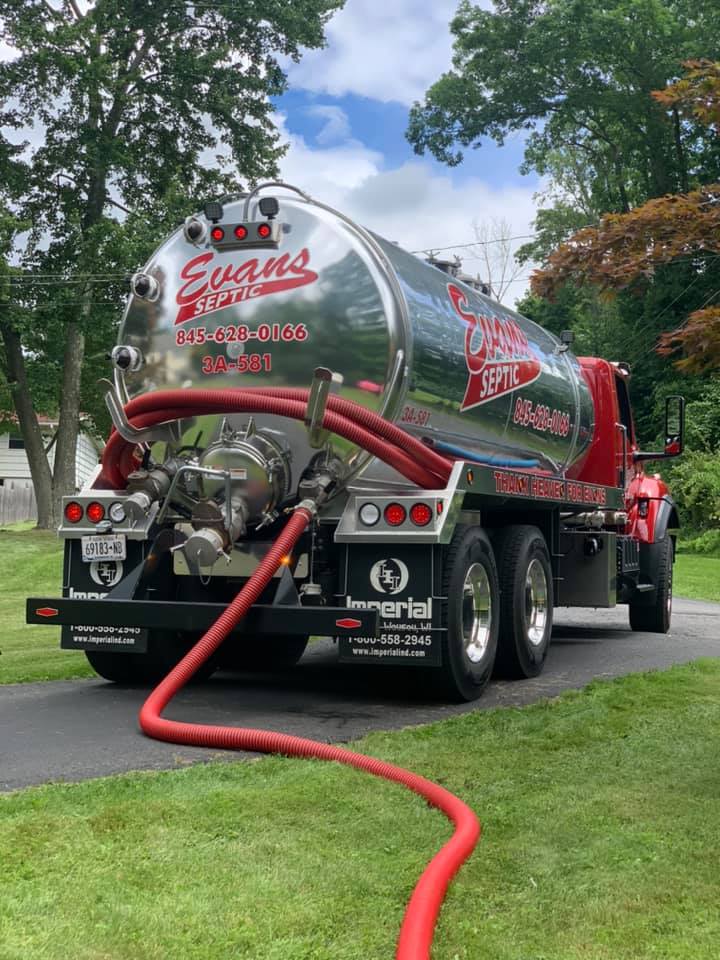The Basic Principles Of Stillwell Septic And Grading
The Basic Principles Of Stillwell Septic And Grading
Blog Article
An Unbiased View of Stillwell Septic And Grading
Table of ContentsThe 9-Minute Rule for Stillwell Septic And GradingNot known Factual Statements About Stillwell Septic And Grading The Facts About Stillwell Septic And Grading UncoveredStillwell Septic And Grading - QuestionsExcitement About Stillwell Septic And GradingNot known Incorrect Statements About Stillwell Septic And Grading
Repair dripping faucets and plumbing components. https://gravatar.com/georgebraden29910. A leaky toilet can waste thousands of gallons of water a day. Take much shorter showers. Pursue less than 5 and do the shower jive. Take bathrooms with a partially-filled bathtub and do not leave the faucet running when doing various other jobs. Laundry only full lots of recipes and laundry.
How Stillwell Septic And Grading can Save You Time, Stress, and Money.
Avoid shedding heaps of fallen leaves or branches over the drainfield, as the warm can damage the plastic pipelines below. Restriction the enhancement of topsoil or compost to no more than 2 to three inches over the drainfield. Septic Installers. A great guideline of thumb for landscaping over drainfields is to make use of shallow-rooted plants that do not require added topsoil to prosper
Turfs, blended wildflowers, and ground covers with superficial origins are great alternatives. Plant trees and shrubs at least 30 feet away from your septic tank and drainfield to keep origins from obtaining right into and damaging or blocking the drainfield pipelines.
For more information please see the Landscape design Your Drainfield web page. A septic system failure triggers neglected sewage to be launched and delivered to where it must not be. This may trigger sewage ahead to the surface of the ground around the tank or the drainfield or to support in pipes in the structure.
Stillwell Septic And Grading - Questions
In many cases, the person who falls in ventures out without significant injury. A child's heartbreaking fatality is a reminder to examine your septic system for harmed or missing lids. http://tupalo.com/en/users/6365179. Owners of septic systems are liable for making certain the systems are safe and feature properly, including having a safe cover on the containers
Routinely examine the problem of the covers for risks or problems. Keep the lids safe by repairing or changing all harmed or missing out on components. Usage bolts, screws, or other locks to safeguard the lids and avoid simple gain access to. Never ever drive or park lorries in addition to septic systems- it can harm or displace the cover.
Facts About Stillwell Septic And Grading Uncovered
Ensure the lids are safeguarded after servicing your septic tank. Show kids that the sewage-disposal tank covers are not to be used or opened. Have septic tanks that are no longer this contact form in operation effectively deactivated. For other basic risk-free practices around septic tanks please review the Septics 201 Do It Yourself Program Septic Security Tips.
Keeping in mind the levels will assist identify if there is a possible issue with the system. The storage tank will be totally pumped down, removing all of the fluid and solid waste - Septic Tank Pumping. Once the tank is completely pumped, the inlet and electrical outlet tees of the will be checked to guarantee they are still intact and functioning appropriately
Getting My Stillwell Septic And Grading To Work
If you are home at the time of service (absolutely not called for if that's not your point) you might be asked to flush your toilets to guarantee every little thing is streaming appropriately. Once the service is complete, the septic storage tank will certainly be covered as it was when we arrived! Professionals recommend having your system pumped every 3 to 5 years but a number of aspects must be taken into consideration when determining how frequently your sewage-disposal tank needs to be serviced.

If you are experiencing smells in your home, provide us a telephone call. This might be an indication of an impending septic back up! Perhaps. If your septic has not been serviced in even more than 6 months, we would certainly want to service the septic. If the issue persists, a drainpipe cleaner will certainly then be sent to remove the line to the sewage-disposal tank.
The Best Guide To Stillwell Septic And Grading

If the ponding is concentrated over the leach field that might suggest a leach line is obstructed with Bio-Mat and needs to be repaired or changed. The majority of sewage-disposal tanks have 2 to 3 covers; one over the inlet side of the septic system (where the water from your home enters the storage tank), one in the center of the storage tank, and one on the electrical outlet side of the container (where the liquid from the container exits to your leach field).
Sliced up food bits do not damage down in the sewage-disposal tank and can make their escape into your leach area lines creating clogs. Trash disposals, even those marked septic risk-free, are ruled out advantageous for your septic system. Appropriate functioning degree is where the water degree in your container fulfills the electrical outlet tee of the container.
Report this page